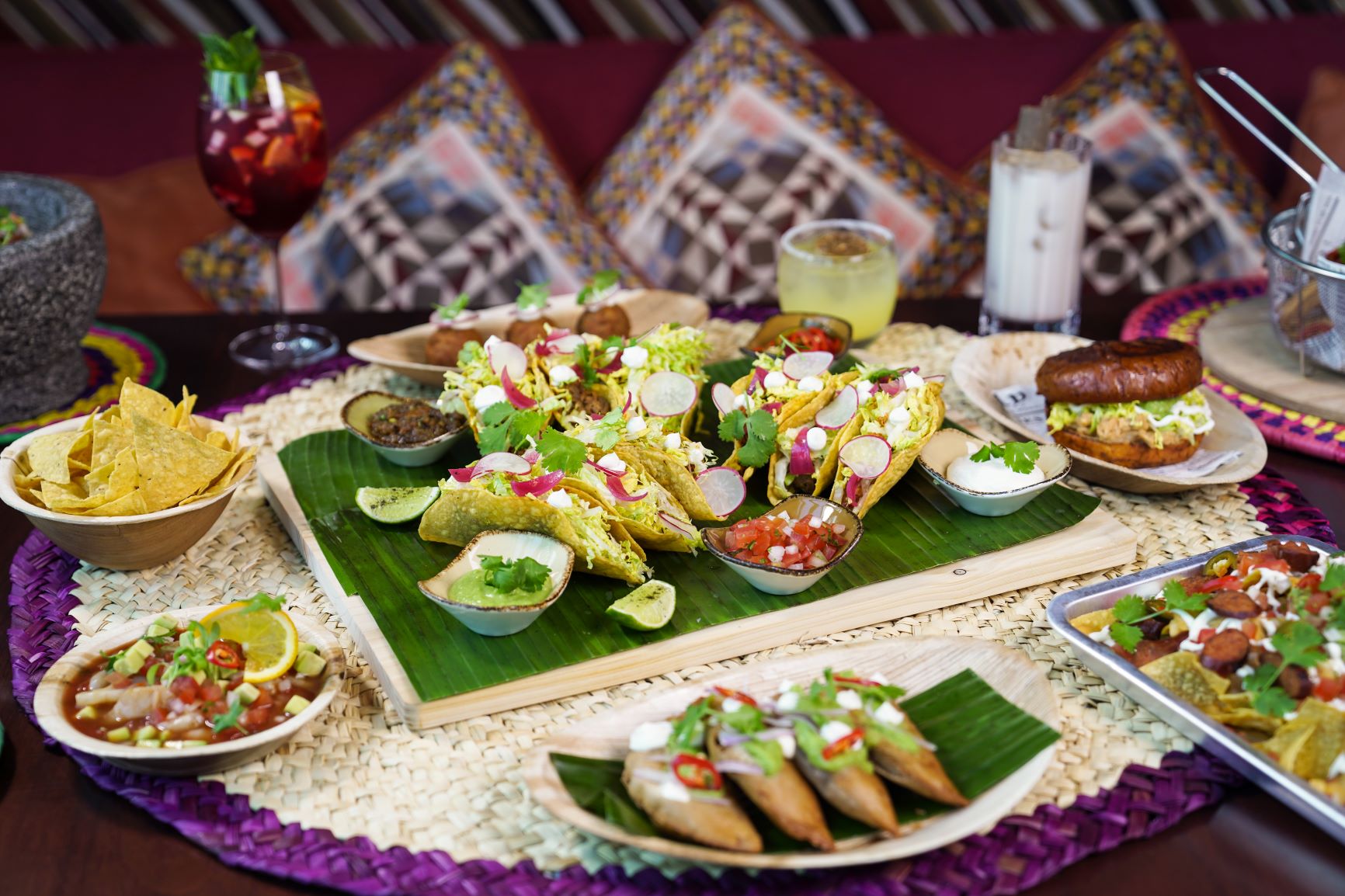Almost 120 years ago, long before anyone waited in line to feast on eggs Benedict and French toast, the word “brunch” appeared in print for the first time in the United States. “The latest ‘fad’ is to issue invitations for a meal called ‘brunch’ . . . a repast at 11 o’clock a.m.,” a column in the New Oxford, an old Pennsylvania newspaper, explained in 1896.
By 1939, The New York Times declared Sunday a two-meal day. By the 1960s, brunch’s popularity gave rise to cookbooks, and by the 1990s, Americans were brunching on Saturdays, too.
Now it has become more popular than ever. The story of brunch is the story of changing patterns in how Americans eat, live and interact. But when you dig into the data, you can see that brunches ire far more popular in some regions of this country and among some demographics than others.
Data from Google Trends show that search interest in brunches has been rising steadily since 2004.
“Brunch continues to grow anywhere there is disposable income or time,” said Farha Ternikar, the author of “Brunch: A History.” “Hipsters might not always have the income, but they may have the time.”
But Google search data shows how heavily talk about it is concentrated around the coasts: New York, Massachusetts, Maryland and Washington, D.C.
Among the top 10 states for it interest, only Illinois and Pennsylvania are not on the coasts. The least brunch-friendly state? Wyoming.
Interestingly, there is actually something that correlates more closely with the popularity of brunch than either income or urban population. Of the demographic variables we explored — including age, income, urban population, and religion — the strongest correlation was between brunch and a state’s Jewish population: states with higher percentages of Jewish residents tended to brunch more, or at least demonstrated a greater interest in the late morning meal. That’s not to say that Jews like it the most, are driving interest in brunch, or anything like that-it’s just a simple correlation, and there could be any number of other hidden factors driving both variables. But it does make some sense when you consider that many brunch staples-think bagels, lox, and blintzes-have Jewish roots.
It is probably gaining steam because of major trends in how Americans eat breakfast, which isn’t the family affair it used to be. The meal, in its traditional form, has been on the decline for more than two decades now. Younger generations — millennials specifically — have proved the likeliest to forgo the morning meal.
Even so, the weekend phenomenon is spreading — and heading down market. Demand is high enough that even fast-food eateries and casual sit-down restaurants have launched weekend deals. Ruby Tuesday’s launched a nationwide service in 2009. Burger King began testing it in 2010. And Salsa Fiesta, a Mexican fast-casual chain based in South Florida, has been serving items on the weekends since 2012.
Source: www.chicagotribune.com






Leave A Comment
You must be logged in to post a comment.